The marriage was falling apart even before the ink
was dry in the parish register. George was back in the arms of his mistress not
long after his hangover had worn off and Caroline awoke to a living nightmare,
shackled to a fat, drunken roué, friendless in a foreign land, her
dreams of a pampered life in the splendour of the English court ripped to
ribbons.
When King George III, (George’s father and Caroline’s uncle),
discovered what was going on in Carlton House, he had a discreet word with the
pair of them. He realised that things were never going to be perfect, but
couldn’t they just make a show of things, appear in public when the occasion
necessitated, wave to the crowds and perhaps pretend that the marriage wasn’t a
sham. Caroline saw the sense in this. She had her own dignity, and the future
of her daughter’s succession, to consider, but only if George reconsidered his
wayward ways and his atrocious behaviour towards her. George, being George,
decided that an immediate separation was the only answer, both of them going
their own way, and having no communication whatsoever again. Letters were
exchanged, accusations were laid, fingers were pointed and terms were agreed.
In one thing, at least, Caroline won a small victory; she wrote directly to the
King, telling him in no uncertain terms, that the Countess of Jersey (George’s
mistress) was at the heart of the marital breakdown. The King agreed with her,
and delivered the Countess an easy choice – resign or be dismissed from the
royal household. It was no choice at all, she resigned her position, in a
spiteful letter, and flounced away – (in a diary entry of early 1796, the
Honourable Mrs Calvert wrote that, when passing through Covent Garden, the
crowd mistook her to be the Countess and pelted her carriage and her servants
with mud). So, the London mob agreed with Caroline as to where the true blame
laid, and their sympathies went out to the Princess, who was seen to be the
injured party in the whole sorry affair.
With Jersey out of the way, Caroline
even wrote to the Prince, suggesting a reconciliation, but George, who had
tired of this particular mistress in any case and was glad to be rid of her,
returned to Maria Fitzherbert, whom he still regarded as his ‘true’
wife. In January 1796, George had been taken ill and he feared for his life,
going so far as to write a will, in which he left all his worldly goods to
“Maria Fitzherbert, my Wife, the Wife of my heart and soul,”
(apart from a bequest
of one pound sterling to Caroline), and in all likelihood, this focussed his
mind onto where his real affections lay. So, when he unexpectedly recovered, he
began to bombard Mrs Fitzherbert with letters, begging to be reconciled with
her.
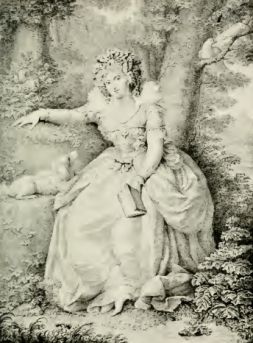 |
| Mrs Fitzherbert |
Initially, she ignored him, but he persisted and eventually she replied,
that she would consider renewing their relationship, but only if the Pope would
pronounce their initial marriage to have been legal under Church law. Now, if
word of this appeal to Rome had got out at the time, I cannot see how there
would not have been anti-Catholic riots in the streets throughout the land,
quite possibly with a few fanatical burnings thrown in for good measure, and a
return to the happy times enjoyed by all during the reigns of the Tudors.
Fortunately, it was all kept profoundly secret, but when His Holiness’s
approval was received, from New Year 1800, the Prince and Mrs Fitzherbert were
seen walking out together in public. Not that it was ever going to last, (the
Prince’s libido didn’t work that way), and Mrs Fitzherbert would be replaced by
the Marchioness of Hertford. And she would be replaced by Lady Conyngham. And
she would be replaced by … well, you get the picture, I’m sure.
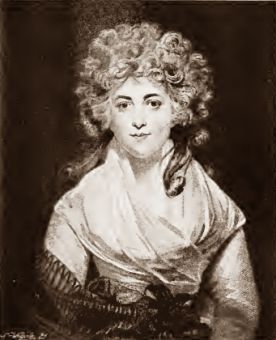 |
| Isabella, Marchioness of Hertford |
As for
Caroline, she moved out of Carlton House and into Shrewsbury House, in the
village of Charlton, close to Blackheath, taking Princess Charlotte with her.
For the years they lived at Blackheath, it was a world away from the stifling
life at court. Caroline received as her guests some of the most brilliant men
and women of the day, and they responded to the relaxed atmosphere, free from
the formalities and rigid etiquette usually found in royal circles. The King
himself was a frequent visitor, and he doted on his granddaughter, who was a
bright, talented child, captivating all who met her. Other than an occasional
trip to the theatre or the opera, the Princess of Wales rarely appeared in
public, restricting her life to Blackheath, with the odd seaside holiday in
Ramsgate or Margate.
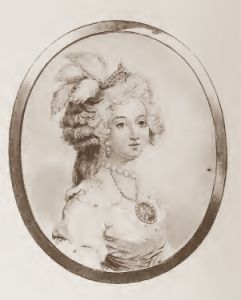 |
| Caroline |
She wrote for pleasure, read both the classics and the
newest novels, took an interest in gardening and pressed flowers, learned to
play the harp, undertook the effort to improve her English (with a tutor named,
unEnglishly, Giffadière), painted and learned clay modelling, although her
principal occupation was the education of her daughter. She also took a number
of local children under her wing, providing education or positions for them,
and was well known for her philanthropy by the local villagers. When it became
time for Princess Charlotte to go away to school, Caroline adopted a local baby,
one William Austin, as, it has been suggested, she did not wish to live in a
house without children present. She also made the acquaintance of some new
neighbours to Blackheath, Sir John and Lady Douglas, and they very quickly
became firm friends, with Caroline standing as godmother to the Douglas’s
second child.
And no one saw what was coming next.
Tomorrow – accusations and scandals.

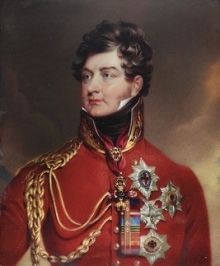
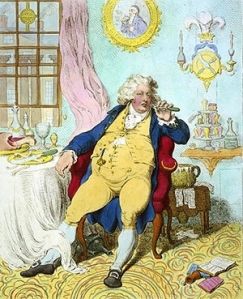
No comments:
Post a Comment